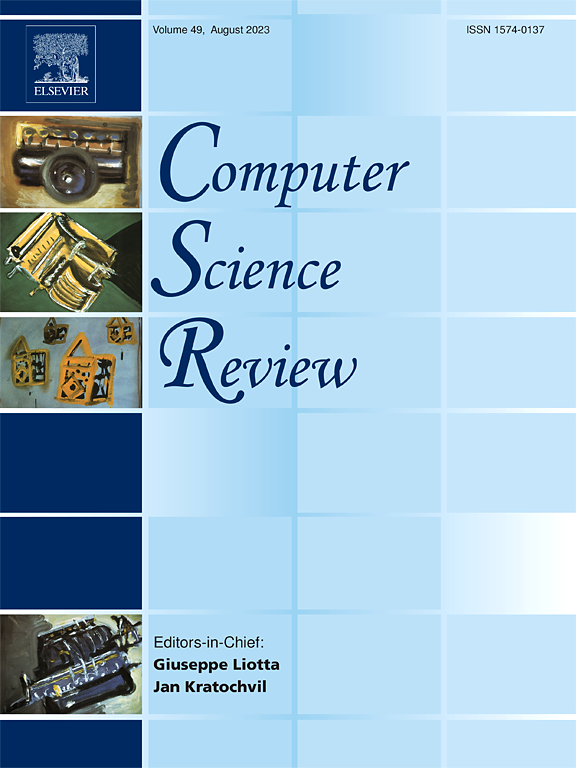Integration of SDN into UAV, edge computing, & Blockchain: A review, challenges, & future directions
IF 12.7
1区 计算机科学
Q1 COMPUTER SCIENCE, INFORMATION SYSTEMS
引用次数: 0
Abstract
Software Defined Network(SDN) is an advanced architecture that enhances the centralized access of the network topology through a central controller. Emerging networking mechanisms provide novel advanced architectures that enhance the application usage scenarios. Emerging networking mechanisms, i.e., Edge computing, Unmanned Aerial Vehicle (UAV) systems, and Blockchain, are new techniques that generate various communication models to provide secure and virtual access to the network entities. However, the UAV and edge computing systems cannot handle the high traffic congestion in the network. The system must offload the data computation to other devices in these scenarios. The offloading process requires a central authority to manage task computation and available resources in the system. Thus, SDN can provide a central controller to handle the resources in the UAV and edge computing system.
Meanwhile, SDN lacks security, and Blockchain needs to manage the trusted third-party entities in the system. For these problems, the SDN and Blockchain provide resilience to each other in architectural advancements. This proposed survey presents state-of-the-art fusion systems where SDN is integrated into emerging networking mechanisms. The main objective is to represent the integration of SDN into UAV, Edge Computing, and Blockchain systems for different domains, i.e., routing, resource management, task offloading, network management, and security. Moreover, the survey represents the various simulation tools and performance parameters of fusion architectures. Furthermore, the survey illustrates challenges, open issues, and future directions in the next generation of networking systems.
SDN与无人机、边缘计算、区块链的融合:回顾、挑战与未来方向
SDN (Software Defined Network)是一种高级架构,通过一个中心控制器增强了网络拓扑的集中访问。新兴的网络机制提供了新的高级体系结构,增强了应用程序的使用场景。新兴的网络机制,即边缘计算、无人机(UAV)系统和区块链,是产生各种通信模型的新技术,以提供对网络实体的安全和虚拟访问。然而,无人机和边缘计算系统无法处理网络中的高流量拥塞。在这种情况下,系统必须将数据计算转移到其他设备上。卸载过程需要一个中央机构来管理任务计算和系统中的可用资源。因此,SDN可以提供一个中央控制器来处理无人机和边缘计算系统中的资源。同时,SDN缺乏安全性,区块链需要管理系统中受信任的第三方实体。对于这些问题,SDN和区块链在体系结构的进步中相互提供了弹性。本调查提出了最先进的融合系统,其中SDN集成到新兴的网络机制中。主要目标是将SDN集成到无人机、边缘计算和区块链系统中,用于不同的领域,即路由、资源管理、任务卸载、网络管理和安全。此外,该调查还介绍了各种仿真工具和融合架构的性能参数。此外,该调查还说明了下一代网络系统的挑战、开放问题和未来方向。
本文章由计算机程序翻译,如有差异,请以英文原文为准。
求助全文
约1分钟内获得全文
求助全文
来源期刊

Computer Science Review
Computer Science-General Computer Science
CiteScore
32.70
自引率
0.00%
发文量
26
审稿时长
51 days
期刊介绍:
Computer Science Review, a publication dedicated to research surveys and expository overviews of open problems in computer science, targets a broad audience within the field seeking comprehensive insights into the latest developments. The journal welcomes articles from various fields as long as their content impacts the advancement of computer science. In particular, articles that review the application of well-known Computer Science methods to other areas are in scope only if these articles advance the fundamental understanding of those methods.
 求助内容:
求助内容: 应助结果提醒方式:
应助结果提醒方式:


